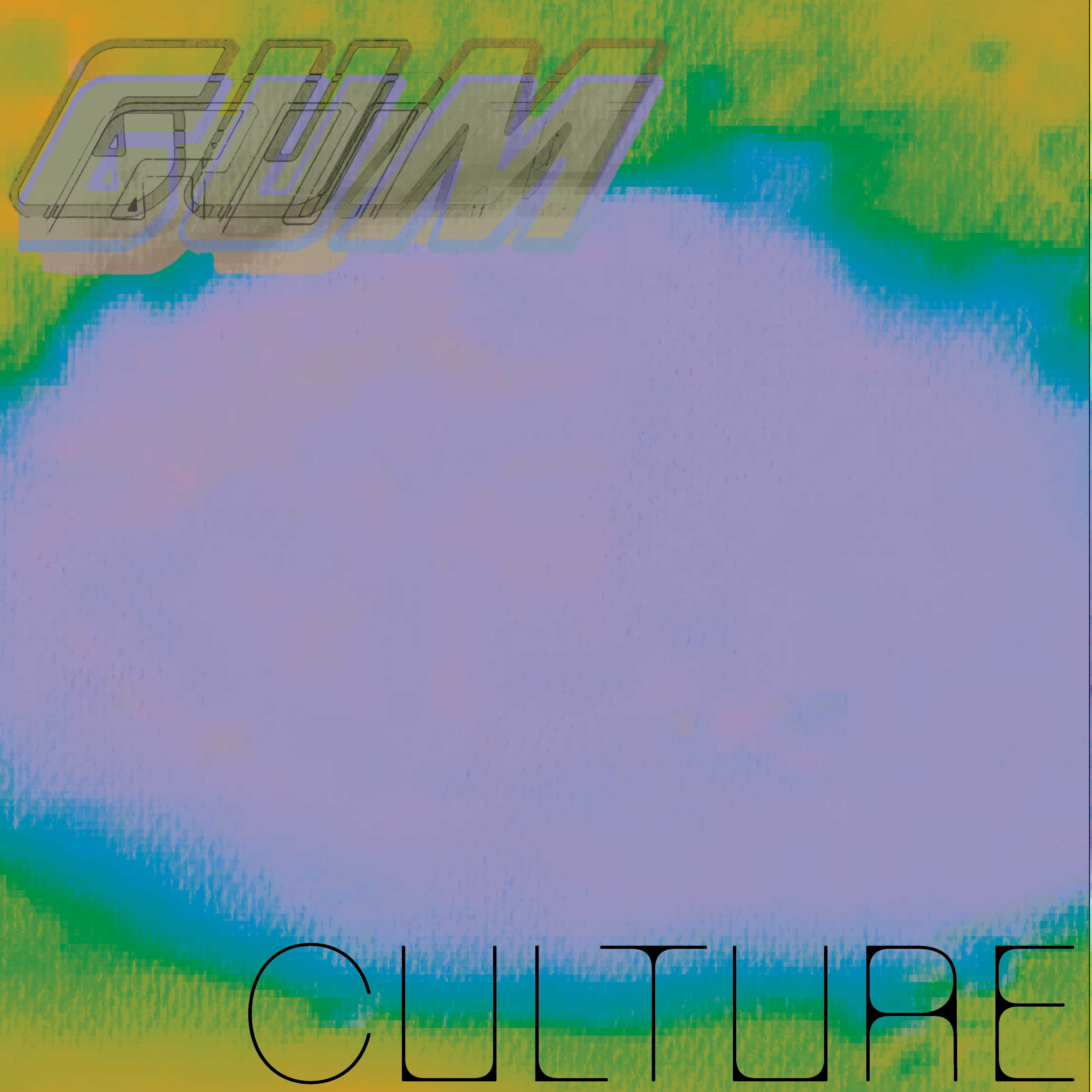Words: Eve Dickson (she / her)
‘PEOPLE MAKE GLASGOW’.
These words are impossible to ignore whilst walking down Sauchiehall Street. Plastered onto bins and street lamps in the city centre, visitors are told and regulars are reminded of this sentiment which has become synonymous with Glasgow’s identity. Famed for good humour, football, architecture, and booze, millions flock to experience the camaraderie this city and its people have to offer.
Glasgow abounds with the spirit of community, her space scattered with a network of memories and remembrance which connect those travelling through every day. This phenomenon exists within statues and museums, and becomes alive through interactions in urban spaces. In such, hygge and humour meet poignant and political. Inside jokes between residents added onto lamp posts which stand beside honoured memorials. The tags of street artists are left next to the spot where history was made. There’s the seen and unseen, the official and unofficial, the proper and the, well let’s face it, slightly absurd.
Statues and art have historically been used to signify people who have played a role in shaping a city’s identity. Glasgow is home to monuments which display beautiful tributes to remarkable people, igniting the spark which marries the spirit of a place and those who live there.
La Pasionaria or ‘The Passion Flower’ is a beautiful tribute to the Scottish volunteers who fought and died in the Spanish Civil War. The memorial shows Dolores Ibárruri, a Spanish politician and anti-facist propagandist, with her arms outstretched and face held high as a powerful representation of the quote emblazoned on her statue, ‘Better to die on your feet than live forever on your knees.’ Located on Clyde Street at Custom House Quay, La Pasionaria is an important space that synthesises Spanish and Glaswegian heritage, and the values which remain at the heart of the city today.
Though Glasgow is decorated with expensive laudations, it is guaranteed that good old Scottish patter is never too far away. The iconic Duke of Wellington statue is a prime example of how Glasgow’s spirit is fostered through the fusion of people, space, and silliness. Erected in 1844 by Italian artist Carlo Marochetti, the Duke of Wellington sits atop his favourite horse, Copenhagen, just outside the Royal Exchange which is now known as the Glasgow Museum of Modern Art. In the 1980s, a (lighthearted or iconoclastic) move was made by the local public to don the statue with a traffic cone. This adorning has offered the Duke a somewhat iconic status; postcards, tourism adverts, a feature in Lonely Planet’s “Top 10 Most Bizarre Monuments on Earth”, even a shoutout from Banksy as his “favourite work of art in the UK”. Something as simple as a traffic cone and a punky attitude has led to this brilliant, and slightly ludicrous, legacy which Glaswegians are proud to identify with.
However, one of my favourite things about Glasgow are the unspoken landmarks, the lesser known spots of joy and acts of silliness which truly communicate the spirit of what many call home. A personal favourite of mine are the engraved benches in Kelvingrove Park, dedications and messages to immortalise the memory of loved ones. These words have the power to make me laugh or cry on the right (or wrong) day and feel nostalgia for someone I never knew. From Grumpa and Big Granny’s bench, ‘Whit a ticketyboo view!’, to George and Marie’s, ‘Here’s tae us! Wha’s like us? Gey Few, and they’re a deid!’. They serve as a heartwarming connection between those who lived and loved, and the many who are reminded of that when they sit with a friend, a dog, a coffee, or a tinnie.
It seems as though people have started utilising the communal aspect of urban spaces to exercise creativity, humour, advocacy, and love as a means to connect with those they share it with. Glasgow’s streets have become littered with stories of human life, inundated with little and not-so-little interactions between people. The cardboard cutout of Danny DeVito propped up against a window on Great George Street, the one-of-many JORTS tags you see in the corner of your eye on Kelvin Way, the bin outside the Spar on Great Western Road decorated with stickers peeled off newly bought vapes. Posters advertising events all are welcome to, spray painted reminders of who not to vote for, things you point and look at with friends and stifle a laugh over when alone. Strangers, neighbours, and friends become intertwined in the collective enjoyment of these things we walk past on our daily commute. For some, these symbols represent home and belonging more than any statue ever will.
From the personal to the public, the commissioned to the graffitied, people have made Glasgow a place where identities flourish and culture thrives round every corner.
Perhaps those bins were right afterall.

